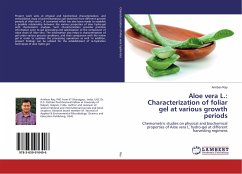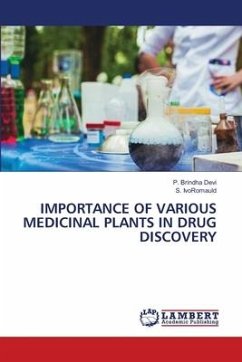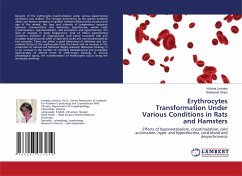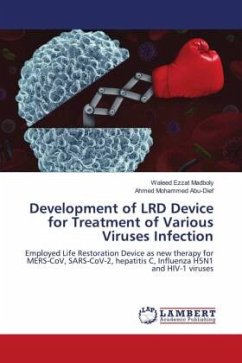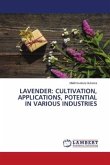In order to study AT2-mediated signal transduction mechanisms, two main approaches were used: (1) the ligand-binding properties of mutant AT2 receptors were characterized in comparison to wild-type after generation of a point mutation using site-directed mutagenesis, and (2) interacting protein partners were analyzed using yeast library screening, co-immunoprecipitation and Western Blot studies. We found that the ability of Angiotensin II (Ang II) receptor type AT2 Phe308Ala residue mutant in the 7th TMD to bind peptidic ligands was greatly reduced, using Xenopus oocytes expression system. This residue occupies a position in the AT2 analogous to the Tyr292 in the AT1 essential for agonistic activation of that receptor. Screening of a 17-day mouse embryo cDNA library with the Angiotensin II receptor AT2 as the bait in yeast two-hybrid assay identified sodium-hydrogen exchanger NHE6 as the binding partner with 98% sequence homology. Further studies revealed that when human cell-line MCF-7 was transfected with the AT2, the AT2 co-immunoprecipitated with the NHE6 in the presence of Ang II, implying that Ang II-mediated activation is needed for the interaction between AT2 and NHE6.
Bitte wählen Sie Ihr Anliegen aus.
Rechnungen
Retourenschein anfordern
Bestellstatus
Storno


